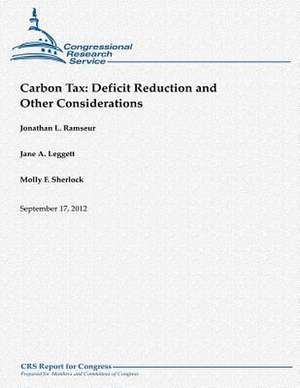Carbon Tax
Autor Jonathan L. Ramseur, Jane A. Leggett, Molly F. Sherlocken Limba Engleză Paperback
Preț: 100.18 lei
Nou
Puncte Express: 150
Preț estimativ în valută:
19.18€ • 20.84$ • 16.12£
19.18€ • 20.84$ • 16.12£
Carte disponibilă
Livrare economică 31 martie-14 aprilie
Preluare comenzi: 021 569.72.76
Specificații
ISBN-13: 9781480151727
ISBN-10: 1480151726
Pagini: 40
Dimensiuni: 216 x 279 x 2 mm
Greutate: 0.12 kg
Editura: CreateSpace Independent Publishing Platform
ISBN-10: 1480151726
Pagini: 40
Dimensiuni: 216 x 279 x 2 mm
Greutate: 0.12 kg
Editura: CreateSpace Independent Publishing Platform
